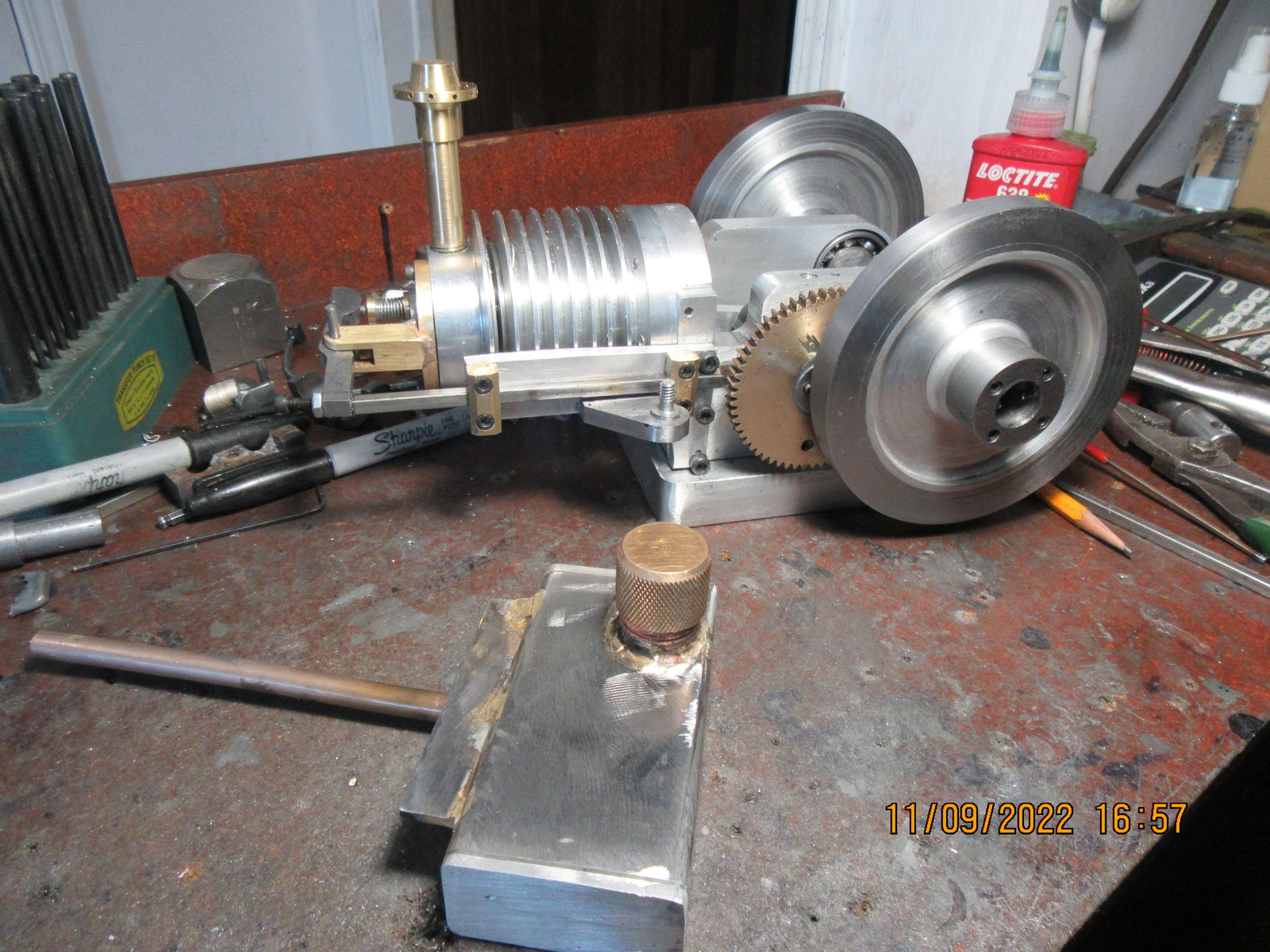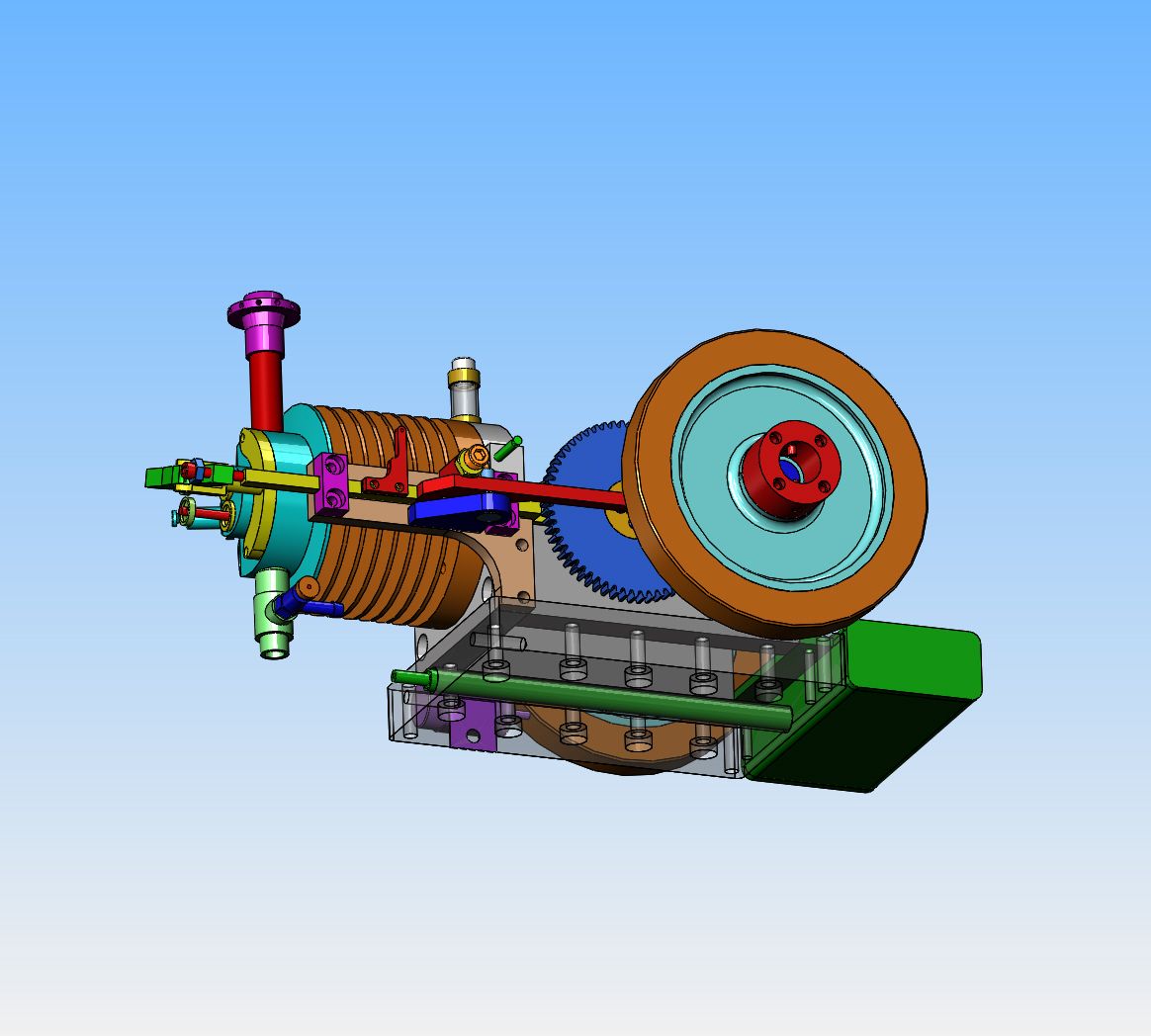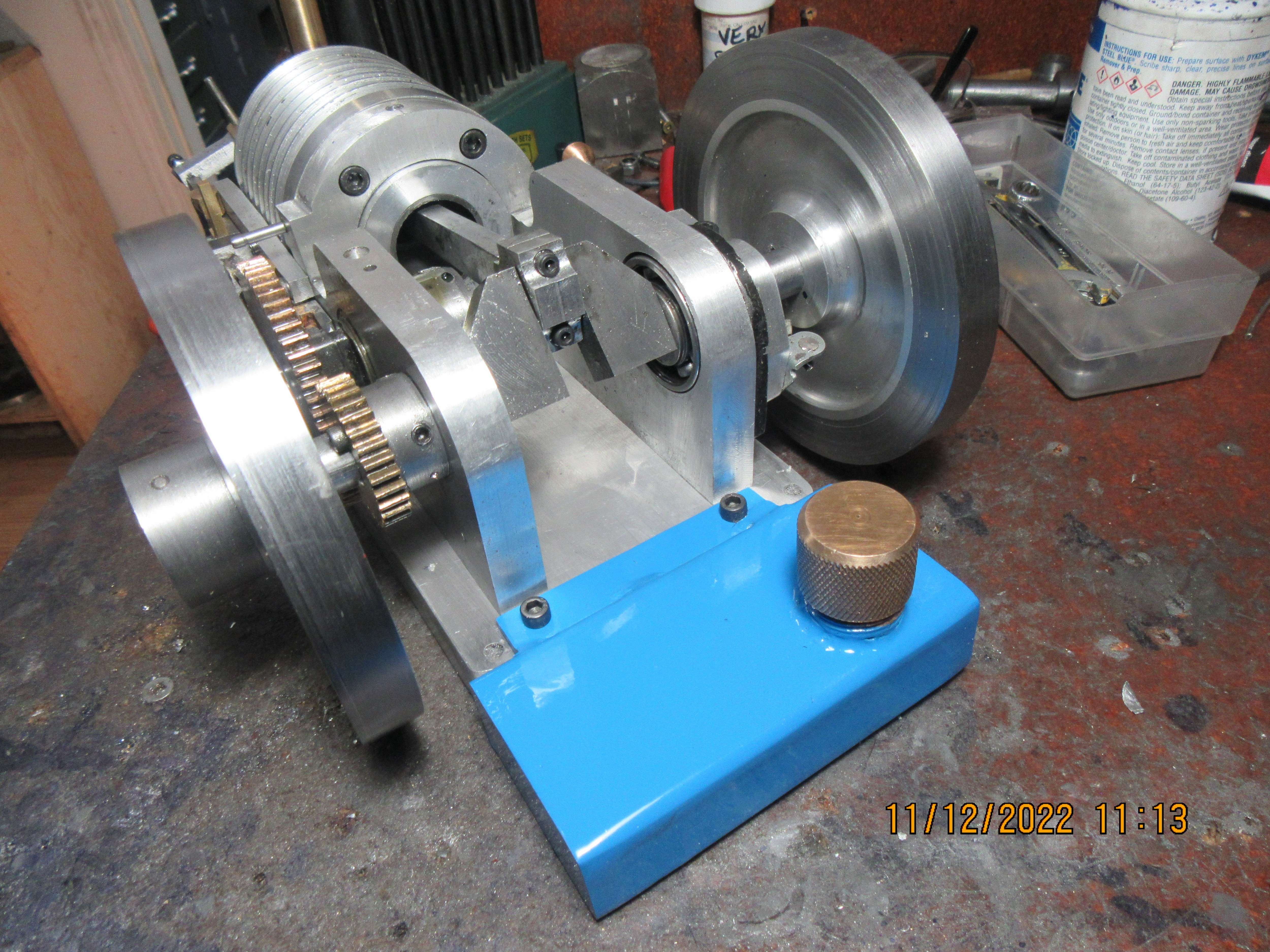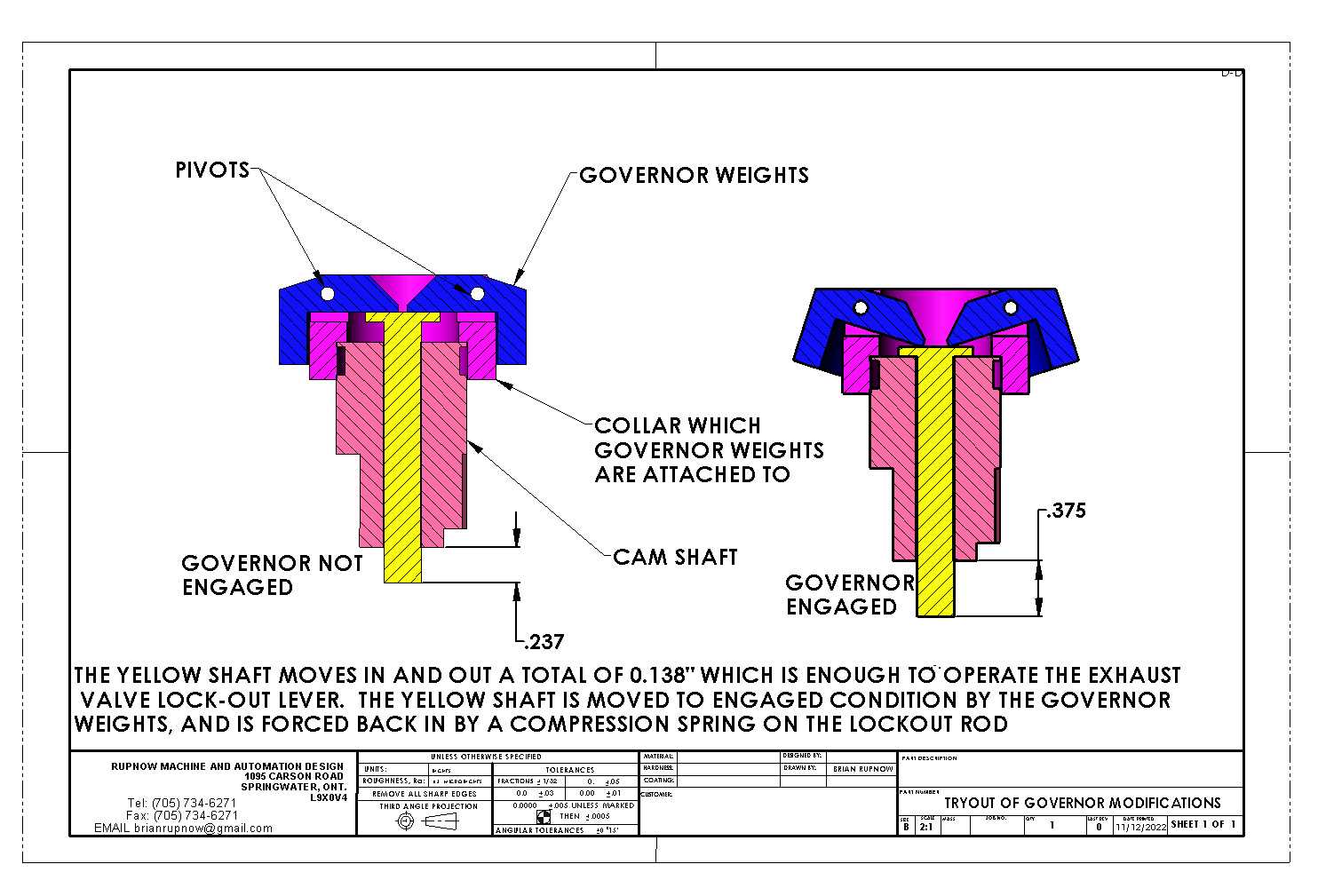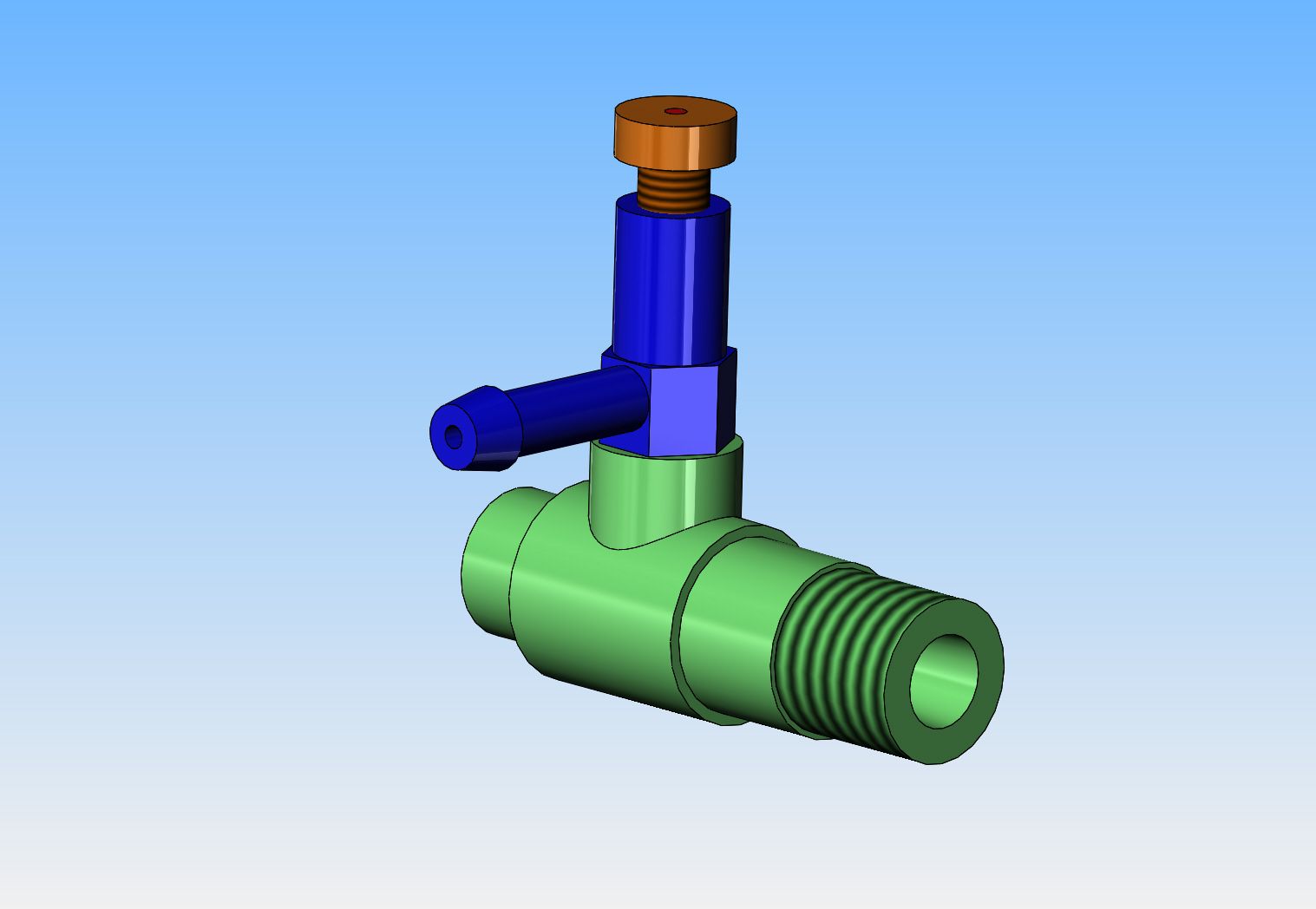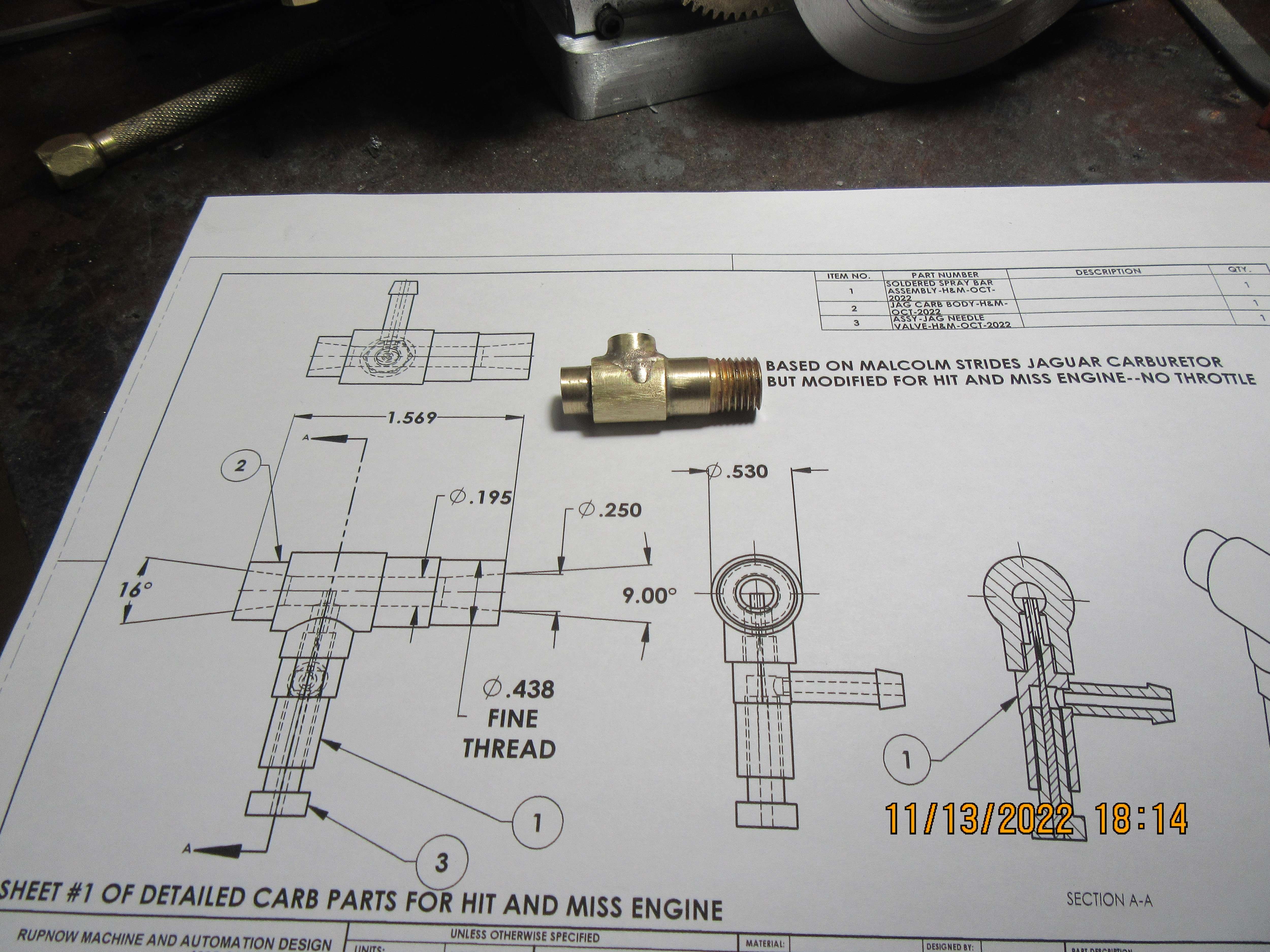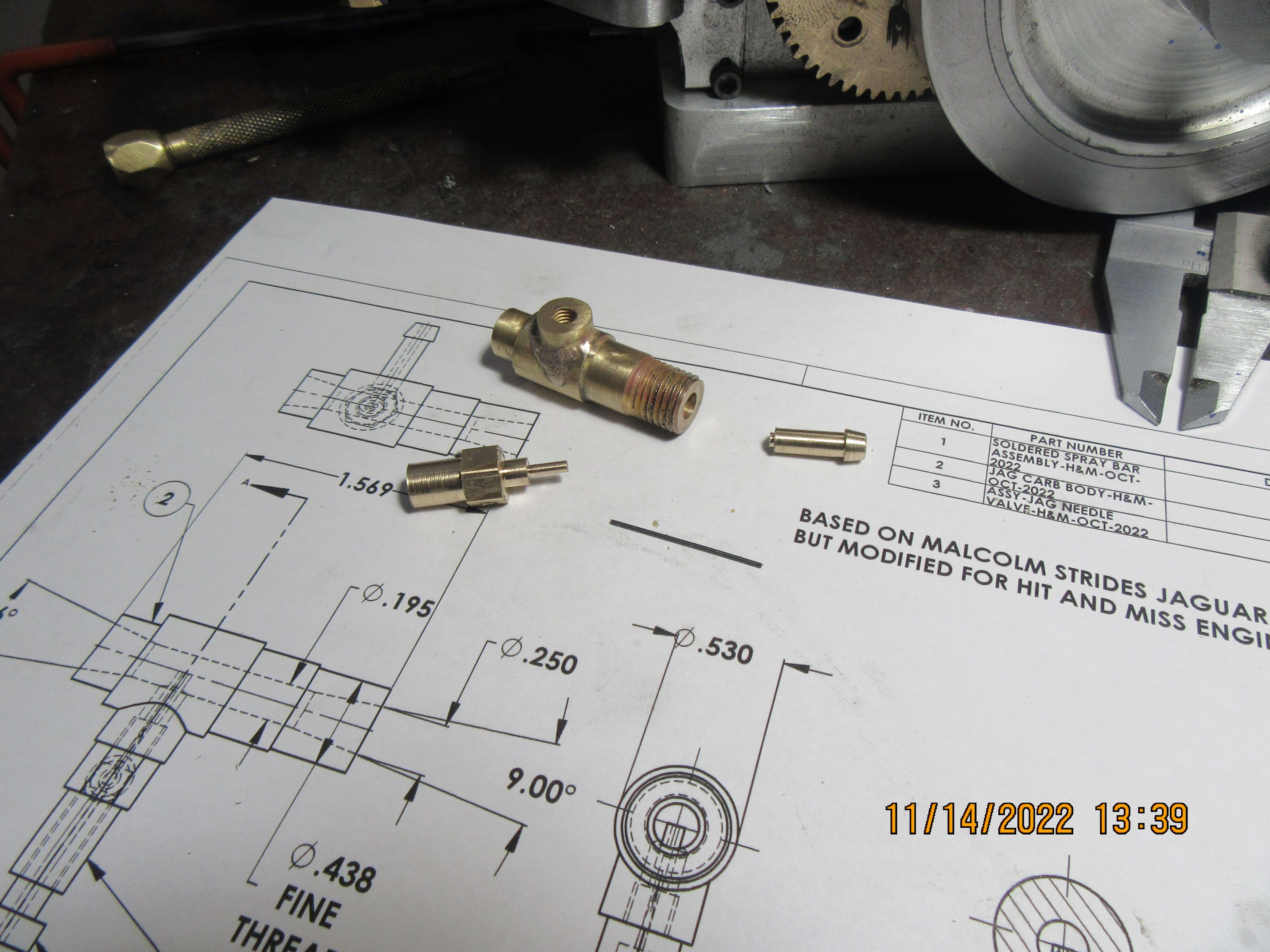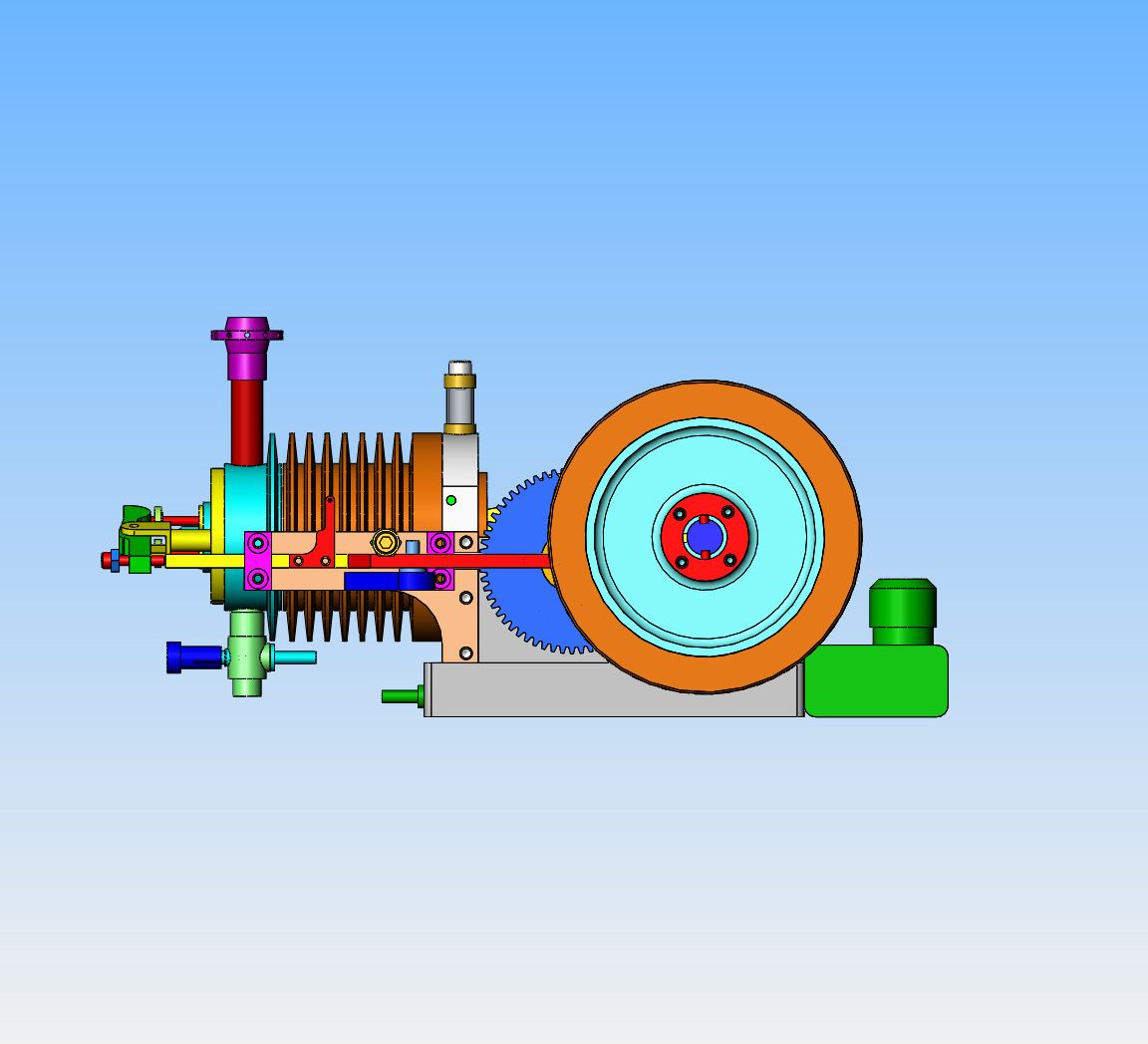Richard Hed
Well-Known Member
- Joined
- Nov 23, 2018
- Messages
- 2,458
- Reaction score
- 639
That's right. I am not a pro TIG welder but I have done it enough to like it, I just don't get to use it as often as I would like. So every time I want to use it, I essentially have to re-learn it. However, since I have gotten a new and modern machine, I'm sure to use it more often--still, I needs practice practice practice. I managed to get some stainless sheet and I have a small project using stainless sheet, so I will get to it soon, but even before that, I will bone up on stainless TIGging.Brian- it sounds like, as others have pointed out too, that your settings are off and maybe even your filler rod. It’s best that you do the research yourself, rather than blindly accepting the guy behind the counter. That maybe a good start, but need to know for yourself. Good TIG welding is an art that does need practice. Even if you’ve been doing it for a while and go away from it for any period of time, you loose a little muscle memory.
It’s a whole different set of feelings compared to stick or Mig.





